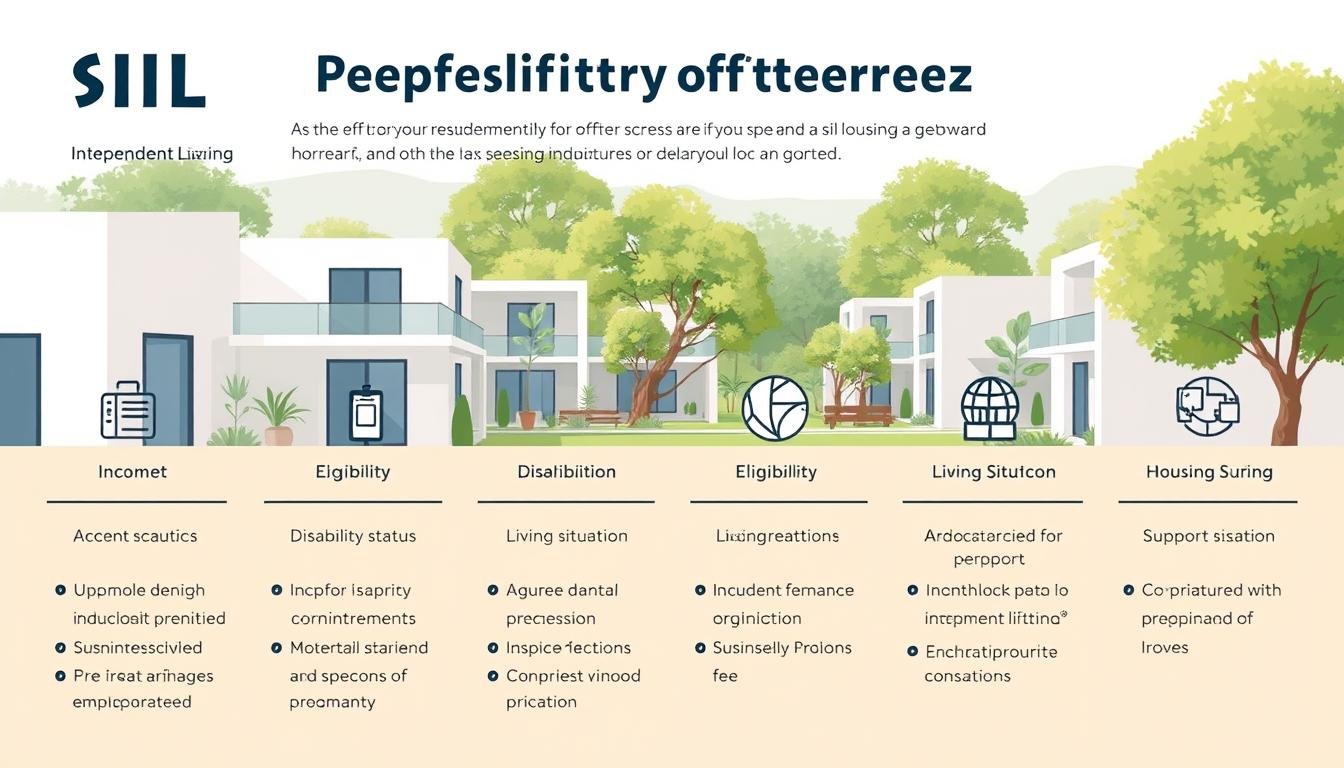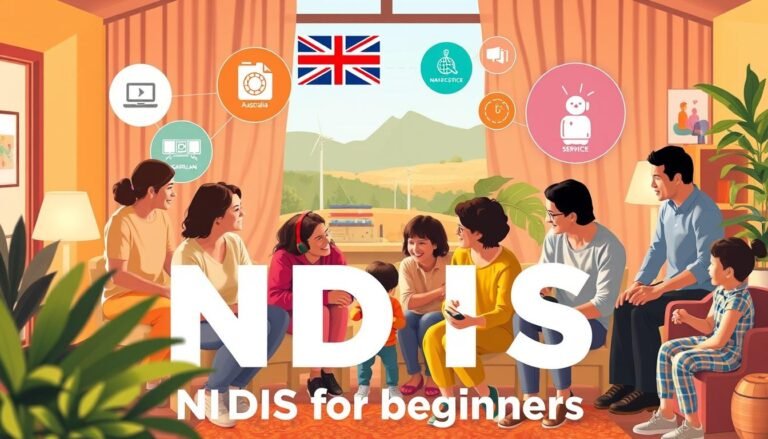It’s important to know who can get Supported Independent Living (SIL) housing in Australia. This is especially true for people with disabilities who want to live on their own.
SIL housing is a key part of the National Disability Insurance Scheme (NDIS). It gives people the support and homes they need to live by themselves.
To see if you qualify, you need to understand the eligibility criteria. Also, knowing how to apply is key. You can find out about Supported Independent Living options near you by talking to our SIL experts at 1300 755 052.
Key Takeaways
- Knowing who can get SIL housing is vital for NDIS participants.
- The NDIS helps people with disabilities live independently.
- Eligibility criteria show who can get SIL housing.
- Supported Independent Living options are found all over Australia.
- Experts can help you through the application process.
Understanding Supported Independent Living (SIL) in Australia
When you’re dealing with the NDIS, you might hear about Supported Independent Living (SIL). But what does it mean? SIL is a key part of the NDIS. It helps people with disabilities live on their own in shared homes.
What is SIL Housing?
SIL housing is where people with disabilities live together in a shared home. It’s a safe place for them to learn and grow. They can live as independently as they can.
The housing part of SIL is funded separately. This makes sure people have safe places to live. To get SIL housing, you need to meet certain Supported Independent Living qualifications. This involves checking your support needs and living situation.
The Importance of SIL in the NDIS Framework
SIL is crucial in the NDIS. It lets people with disabilities live on their own and join their communities. The NDIS helps fund SIL, so people can learn daily skills and make friends.
SIL helps people be independent, feel part of their community, and take part in social activities. It lets them live full lives, make choices, and control their days.
Types of SIL Accommodation Available
There are many SIL homes to choose from. They meet different needs and likes. These include:
- Shared houses or apartments with support staff on site or visiting regularly
- Group homes with 24/7 support
- Independent units with occasional support
When picking a SIL home, think about what you need and like. It’s important to work with experienced support providers. They help make sure the home fits your needs and supports your independence.
To get SIL housing, you must meet certain Qualifications for SIL accommodation. This involves checking your disability support needs and living situation. Knowing about the different SIL homes helps you choose the right one for you.
Who Qualifies for SIL Housing in Australia?
To get SIL housing, you need to know the NDIS rules. You must be in the NDIS and have a serious, permanent disability. This disability must make it hard for you to live on your own.
NDIS Funding Requirements
You need to meet NDIS funding rules to get SIL housing. You must have an NDIS plan that covers SIL support costs. The NDIS looks at your support needs and decides how much funding you get. For more info, check Metro Healthcare Australia’s SIL page.
Disability Support Needs Assessment
Getting SIL housing also depends on your disability support needs. The NDIS does this assessment. They look at how much daily living support you need.
Low Support Needs
People with low support needs need a bit of help with daily tasks. But they can mostly live on their own.
Standard Support Needs
Those with standard support needs need more help. This includes help with household tasks, personal care, and social stuff.
High Support Needs
High support needs mean you need a lot of help with daily tasks. This includes personal care, moving around, and constant supervision.
An expert in disability support says, “The level of support needed is key for SIL housing.” This shows how important a detailed assessment is.
The SIL Application Process
The SIL application process has several steps. It starts with sending in the needed documents to support your claim.
Required Documentation
You’ll need medical reports, support need assessments, and ID documents for the SIL application.
Assessment Timeframes
The time it takes to assess SIL applications can vary. But the NDIS tries to do it quickly. Make sure you send in all needed documents to avoid delays.
Knowing the rules and the application process helps you get the support you need. As the NDIS changes, it’s important to stay up to date with new rules and requirements.
“Understanding SIL housing eligibility is key for those seeking NDIS support,” said an NDIS spokesperson.
Conclusion
You now know who can get SIL housing in Australia and why it’s important. To qualify, you need to meet certain NDIS funding rules and go through a needs assessment.
Looking for a SIL housing provider? Make sure they’re qualified and provide good care. You can find out more about SIL options near you by calling our SIL experts at 1300 755 052.
Talking to our experts can help you understand the SIL application process better. They can also tell you about the different SIL homes available. This way, you can find the right place for you.








